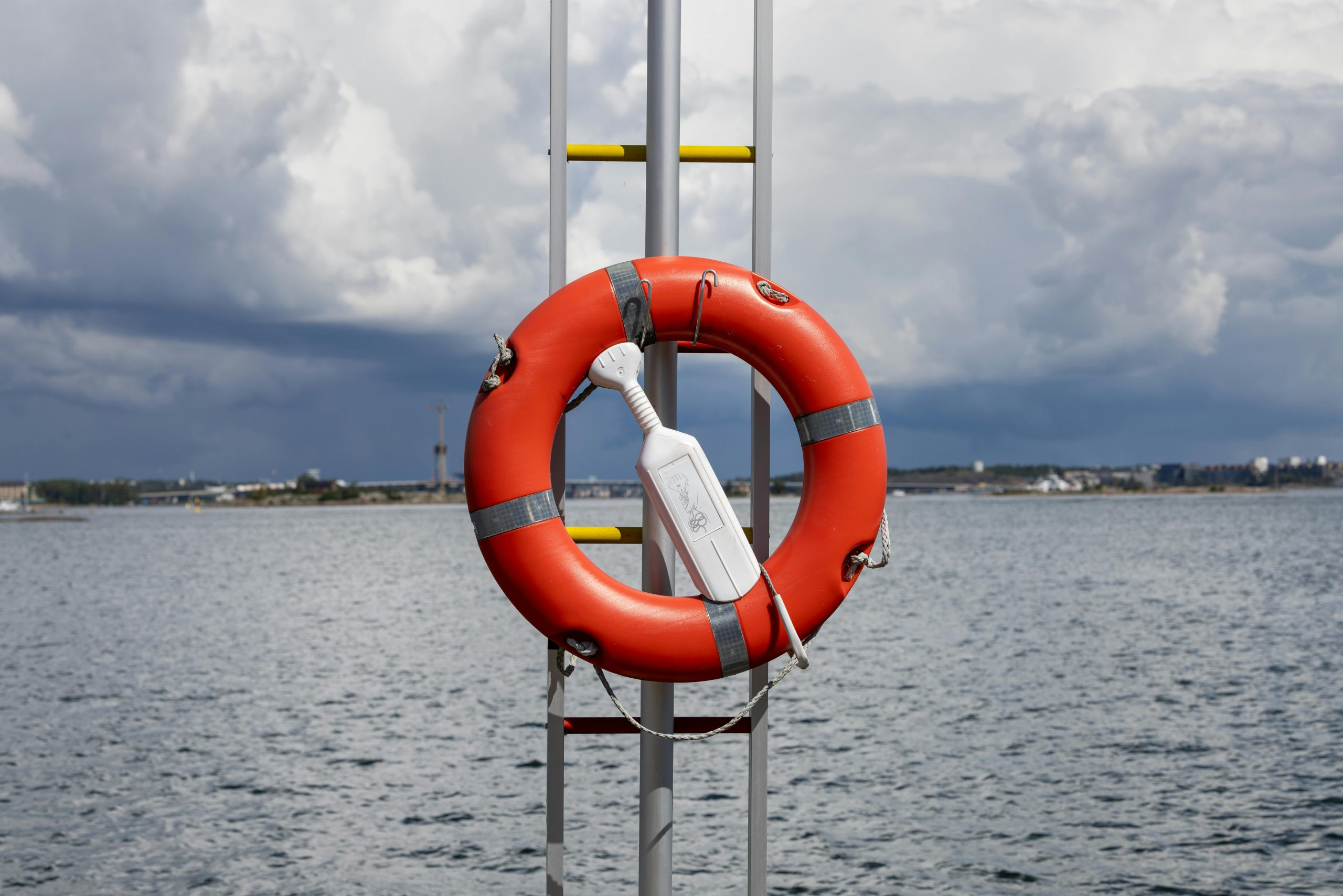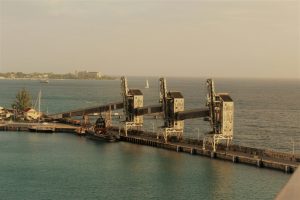Singapore’s Floating Districts: Seasteading Meets Strict Zoning
Singapore, the modern city-state known for its efficient and highly regulated urban planning, is taking its development to new heights – or rather, to the open seas. The concept of seasteading, the creation of permanent dwellings at sea, may seem like a futuristic idea, but in Singapore, this innovative approach to urban development is quickly becoming a reality. With a strict zoning system in place, the merging of seasteading and zoning in Singapore’s floating districts is revolutionizing the way we think about living and working on the water.
Singapore’s Urban Development: A Model of Success
As a small island country with limited land space, Singapore has long been praised for its efficient and orderly urban planning. The city-state is known for its high-rise buildings, efficient public transportation, and emphasis on green spaces. This has resulted in a highly liveable environment, with Singapore consistently ranking among the top cities in the world for quality of life.
However, with a growing population and limited land resources, Singapore is now facing new challenges in its urban development. This is where the concept of seasteading comes into play.
What is Seasteading?
Seasteading is the concept of creating permanent dwellings at sea, essentially creating new societies on the open waters. The idea was first proposed by Wayne Gramlich and Patri Friedman in 2008, and since then, has gained momentum among tech entrepreneurs and libertarians as a way to create autonomous, self-sustainable communities.
In Singapore, however, the focus is not on creating a new society, but rather on expanding the country’s land resources and boosting its economy.
The Rise of Floating Districts in Singapore
In 2019, the Singapore government announced its plans to develop two floating districts – the Greater Southern Waterfront and the Pulau Brani district. These districts will serve as an extension of the city’s Central Business District, providing space for businesses, residences, and recreational activities.
The Greater Southern Waterfront, located along the southern coastline of Singapore, will have a total land area of 2,000 hectares and is projected to be completed by 2027. It will be a mix of commercial, residential, and leisure spaces, with a focus on sustainability and innovation. The Pulau Brani district, on the other hand, will be a 3.5-hectare mixed-use development, with an emphasis on creating a vibrant and green community.
Seasteading Meets Strict Zoning
One of the most interesting aspects of these floating districts is how they will merge with Singapore’s strict zoning system. In Singapore, all developments must adhere to specific zones designated for different purposes, such as residential, commercial, or industrial. This ensures that the city remains organized and efficient.
The floating districts, however, will require a new approach to zoning. The buildings and structures will need to withstand the harsh marine environment, and the districts will need to be self-sufficient in terms of energy and resources. This presents a unique challenge for Singapore’s Urban Redevelopment Authority (URA) in adapting its zoning regulations for the floating districts.
Sustainability as a Key Factor
In addition to adapting zoning regulations, the floating districts in Singapore will also prioritize sustainability. This aligns with the city-state’s vision to become a sustainable and green city. The floating districts will incorporate green technologies, such as renewable energy sources and green roofs, to minimize their environmental impact.
Moreover, these districts will also be designed to withstand rising sea levels and other climate change-related threats. As a low-lying island, Singapore is vulnerable to the effects of climate change, and the floating districts provide a solution to mitigate these risks.
Potential for Economic Growth
Besides expanding land resources, the floating districts also have the potential to boost Singapore’s economy. The districts will offer new opportunities for businesses, especially in the maritime and marine industries. They will also attract tourists, who can experience a unique blend of urban and aquatic living.
The floating districts will also provide a solution for overcrowding in the city, allowing for a more balanced distribution of land use and easing pressure on existing areas.
Conclusion
The merging of seasteading and zoning in Singapore’s floating districts is a testament to the city-state’s determination to tackle the challenges of urban development head-on. As these innovative districts take shape, they will transform Singapore’s urban landscape and demonstrate the country’s commitment to sustainability and economic growth. The rest of the world will undoubtedly keep a close eye on this pioneering approach to urban planning and development.











